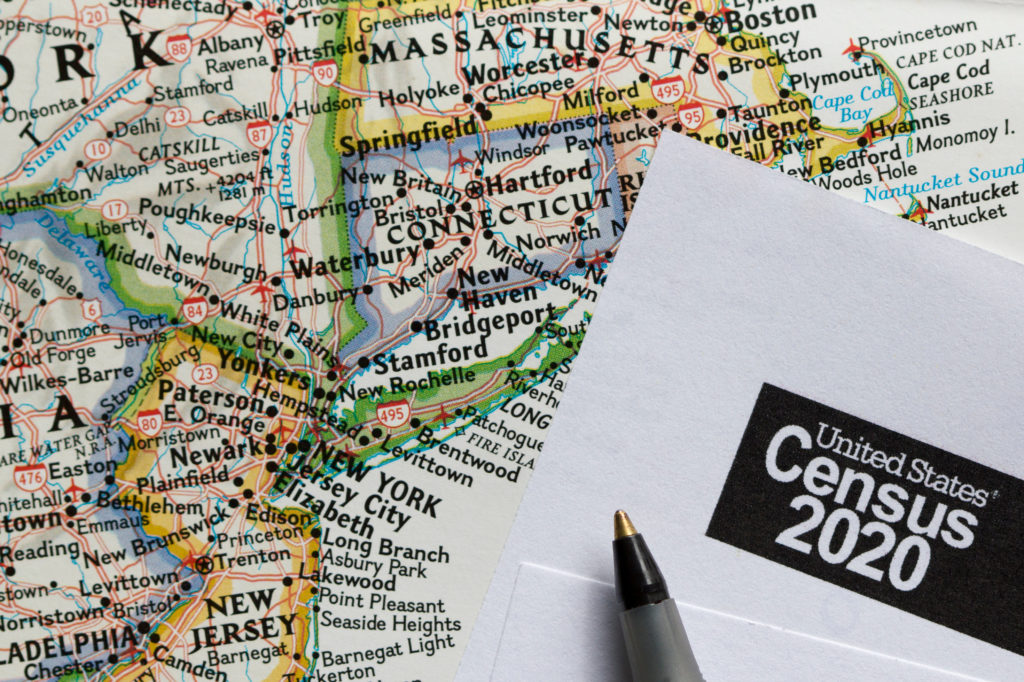Every 10 years, the United States Census Bureau surveys Americans to produce data about our communities and economy. As outlined in Article 1, Section 2 of the Constitution of the United States, this data is used to determine the number of seats each state has in the U.S. House of Representatives. This data is also used by each individual state to determine redistricting. But what exactly is redistricting? In short, it’s the process of redrawing the boundaries of congressional districts, which can influence what political party has an advantage in an election.
In the U.S., there are three main methods for redistricting:
-
Legislature-dominant. In 33 of 50 states, a legislature-dominant method is used for redistricting. This means the state legislature retains the ultimate authority to draft district maps. In certain states, the governor reserves the right to veto suggested maps.
-
Commission. In 13 states, a commission is selected to draw and enact district maps. States may choose a non-political commission, meaning its members cannot hold elective office, or a politician commission, whose members can hold elective office.
-
Hybrid. 3 states use a hybrid model in which the legislature works in conjunction with a commission to draft and enact district maps.
To see which method your state uses for redistricting, click here.
In 2020, the U.S. Census Bureau released its 24th census, triggering states to redistrict. The next one will be released in 2030.



